Welcome to the Episode 113 Page of Ramping Up your English!
Episode 113 is all about the experience of California Indians, especially during the Gold Rush years. On this page, you can watch the whole episode, watch the featured video, do some important academic work, and enjoy linked videos that reinforce and amplify the content.
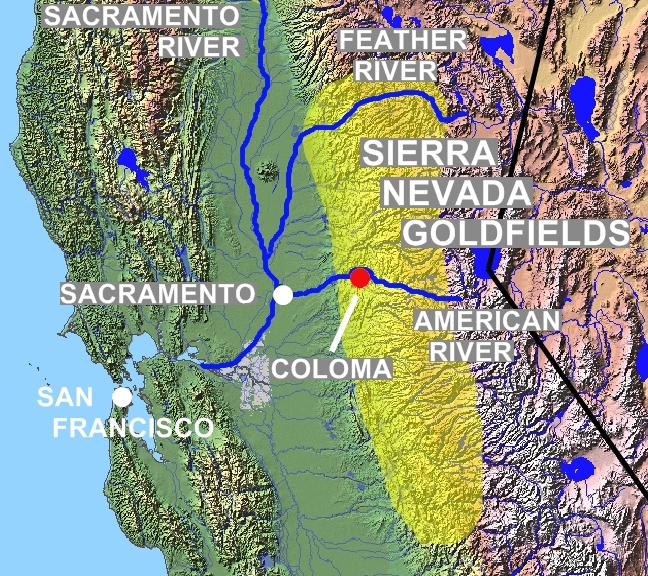

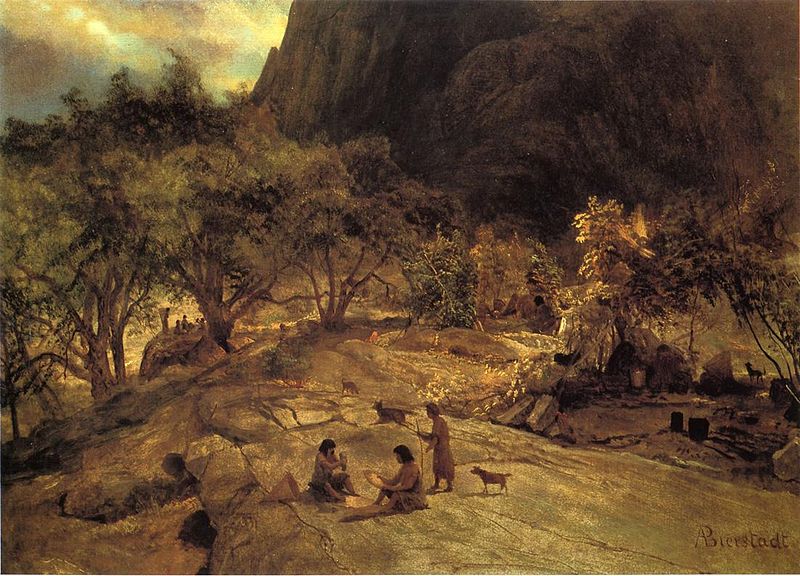
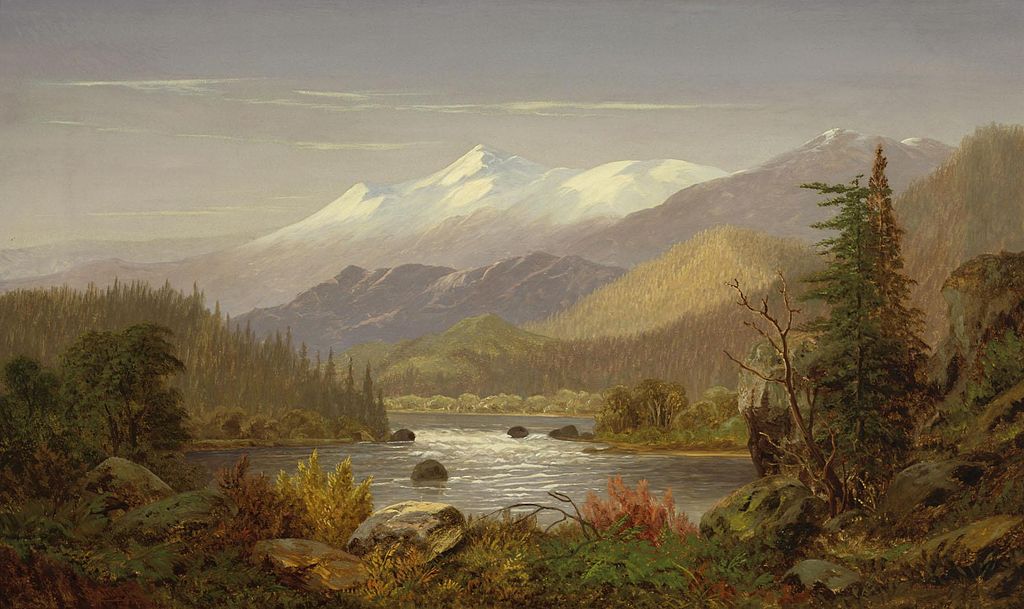

Watching Episode 113
If you didn’t catch Episode 113 on RVTV or if you just want to watch it again, this is the place to be. Just click here to watch the entire episode on archive.org. You can also download it from this site.
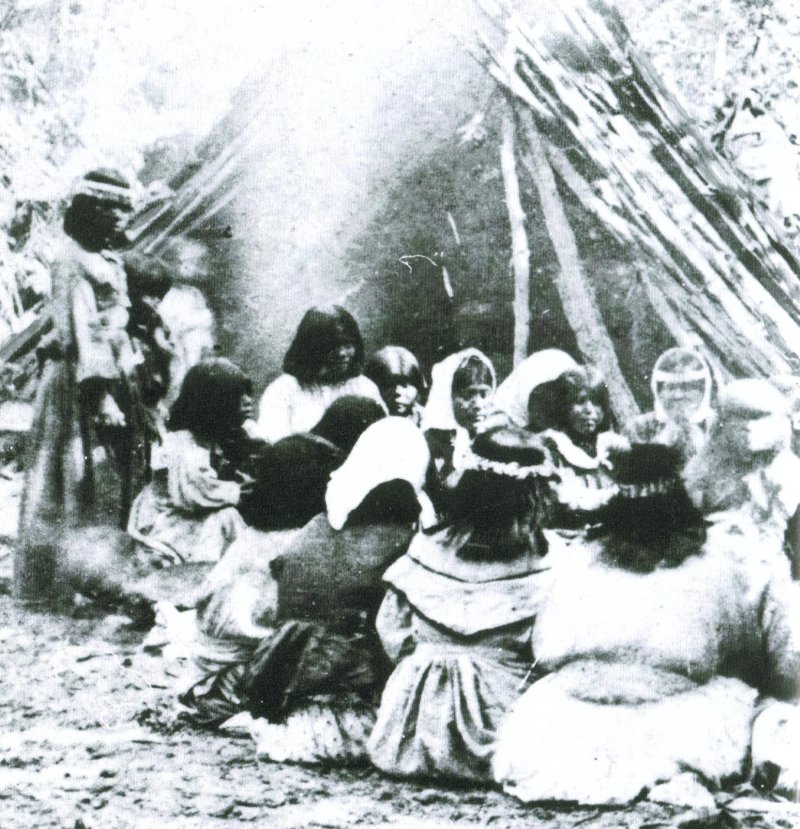


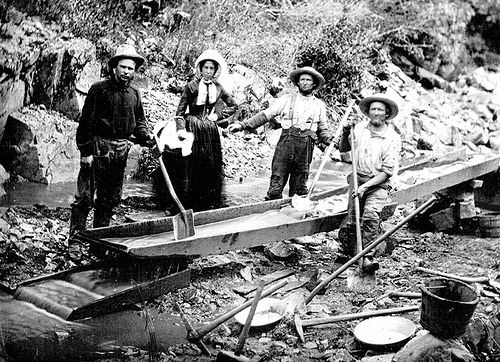

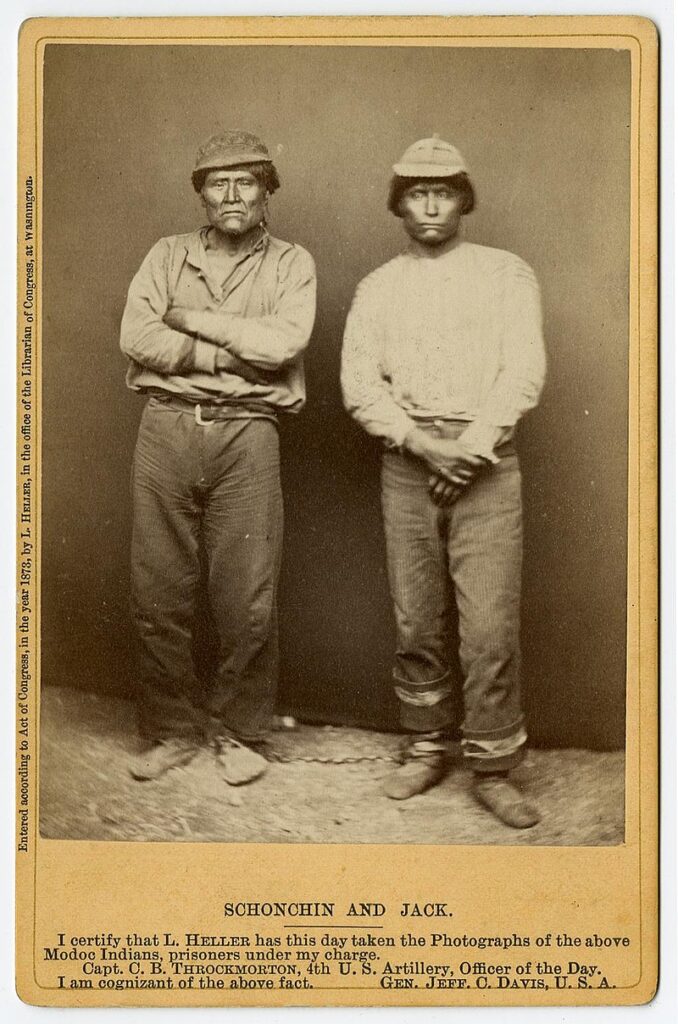
Episode Summary
In this episode, we continue to give ourselves to content – to the history of Native Americans in California as they encountered Europeans and Euro-Americans. Beginning with Spanish sea captains and continuing with Franciscan Missionaries in the missions of Alta California, to the secular Spanish communities and the 49ers seeking gold; we explore the interactions that would decimate the lives of California Natives.
Suggested Activity
While the episode itself did not include direct language instruction, this content calls out for the language function of comparing and contrasting. Below are some questions that should lead to some insightful cognitive work – using language forms we’ve used before in previous episodes.
The beginning parts of the featured video demonstrate the treatment of Indigenous Californians at the hands of Spanish missionaries. Then there was a change when the missions became secularized after Mexican Independence. We could call this the Spanish/Mexican era.
The major part of the featured video began with the discovery of gold, and the influx of over 100,000 gold miners from the Unites States and other countries. Consider how the treatment of American Indians in California changed with the Gold Rush.
So we’re comparing and contrasting how their lives were affected – describing how non-natives treated the indigenous people in each era.
Hence, our learning objectives – both language and content – could be summarized thus:
Characterize the treatment of Native Americans in California by Franciscan missionaries in the California Missions.
Characterize the treatment of Native Americans by Mexican ranchers after missions were secularized.
Characterize the treatment of American Indians in California during the Gold Rush era – through 1873. Be sure to include the roles of Oregonians, prospectors, settler, vigilante posses, citizen militia, state militia, and the U.S. Army. (Keep focussed on the prevailing actions, not the exceptions).
Use conjunctions to compare the treatment during the Spanish/Mexican era with the treatment during the Gold Rush era by prospectors and settlers from the United States. (Remember: Comparing is showing how the treatment was alike – what the eras had in common).
Use conjunctions to contrast the treatment during the Spanish/Mexican era with the treatment during the Gold Rush era. (Here you want to show how the treatment of Native Americans was different between those eras.
Compare and Contrast
Some conjunctions that show comparing include: both, alike, similar, in common.
Example: Both the Mexicans and the Anglo settlers…..
Their practices were alike in that they both……
The experience was similar in that ……
Some conjunctions that show contrast:
While Mexican settlers……., anglo settlers….
While Spanish missionaries ……, Gold prospectors …..
In contrast to Spanish-speaking ranchers, gold prospectors …..
While the Mexican Constitution gave Indigenous Californians legal right, The U.S. State of California barred them from having legal recourse.
sentences that compare and contrast:
Native Californians were enslaved in both the Mission era and the Gold Rush era; however the practice was much more violent during the Gold Rush era.
While there was mistreatment byMexican ranchers and Anglo settlers ………., Anglo settlers …..
In contrast to………by Californios, Anglo settlers …… They both.…., however the actions of the Anglo settlers ……
Native American rights were spelled out in both the Mexican and the California state constitutions. However, while American Indians in California during Mexican rule could……; Under the U.S. State of California they could not….
For examples of comparing and contrasting, look at Episode 104 under the Native Americans Unit. It can be found by going to the home page (letzCreate.org) and clicking on the Native Americans Unit.
Featured Video
The featured video for this episode is Native Americans Part 23: California. Click here to view the full-length video. For the exact – and shorter – video featured in the episode, click here.
Linked Videos
We are blessed with several great videos that expand on the themes of this episode. Below are links that will take you to videos that will deepen your knowledge about Native Americans in California – video that was not featured in Episode 113. Enjoy!
Some Native American groups are buying back land that was taken from them. The Yurok of Northern California have recently done so in a big way, an action that was covered on the PBS News Hour. Click here to watch that segment. The Yurok have also partnered with California State Parks to commemorate the horrifying murders of indigenous Californians during the California Genocide. Click here to learn about this effort to advance understanding of California history. Click here for a TV news segment on the Yurok Redwood Canoes. Click here for more about master boatbuilders of the Yurok.For an uplifting video celebrating the Yurok and salmon, Click here. Food Sovereignty is a video by the Yurok tribe that you can watch if you click here.
The Yurok join with the Karuk and the Hupa in river Restoration. Their incredible work and passion are seen in this video. In this video, the Yurok’s work to restore the California Condor is included. For more on the California Condor effort, click here for a video by the Yurok Tribe. This can lead to a video entitled Tending the Wild from KCET – about Native Ecology in California. Click here to enjoy the video. Click here to view Tending Nature focused on the Pit River Indians.
Just upriver from the Yurok are the Karuk. Visit the website of their museum and cultural center by clicking here. The Karuk are bringing centuries of experience to bear on wildfires. Click here for the video on their efforts and challenges. The Karuk are among those trying to keep their language alive. Click here to see a video about these efforts. Karuk healer Charlie Red Hawk Thom is celebrated in this Video Karuk Shasta Native American Prayer. Click here to watch.
Another American Indian tribe in Northern California is the Hupa. Click here for a short video about Hoopa Valley. Click here for a video about the Life Blood of the Hupa – the Trinity River. The Trinity River is important to the Hupa, and diversion of water is having an impact on the Hupa. Click here to see a newcast segment about this issue. Click here to watch No Matter What Keep the Dances Going a video about struggles of the Hupa in maintaining their ceremonial practices. For a short romantic video set in the land of the Hupa entitled A Feeling Within, click here.
The Tolowah also call Northern California and Southern Oregon home. Click here to see how they are reviving their language. This video is subtitled Keep the Fire Burning. It’s also about the Tolowah and you can watch it by clicking here. The Tolowah are also involved in environmental sustainability and stewardship. Click here to see a video about these activities. Click here to see another video about this kind of work by the Tolowah and its importance to future generations.
Click here to learn about Kuksu, Ceremony of the Pomo. Click here for a video about the Kashia Band of the Pomo, Entitled The Kashia Return to the Coast. For a visual presentation featuring images of several California Native groups, Click here.
Click here to see how the Kumeyaay near San Diego are trying to keep their language alive in this KPBS segment. For a video that shares some Kumeyaay songs and stories Click Here. For a short video about bird songs and their importance to the Cahuilla by the Robert Wood Johnson Foundation, Click here.
Some California Native Americans are not recognized by the federal government. Click here for a video entitled Ghost Tribe. The Wintu were among the first American Indians to be decimated by attacks during the California Gold Rush. Click here for a video about the Wintu. Click here for a video about the Winnemen Wintu Endangered Sacred Sites. Click here for a brief video about the California Gold Rush.
Kintpuash led a band of the Modoc people in the Modoc War. Click here to see a short video about this notable leader. Click here to see the Oregon Public Broadcasting production of the Modoc war. Click here.
Wikipedia has an article on the California Genocide. Click here to read it. Click here to learn about Spanish settlement of Alta California. Point of view is a critical element in academic work. Below are two video clips about the California Mission from very different points of view – critics of the missions and advocates of the California mission work. For a video that sheds new light on the California Missions, click here. Junipero Serra is a controversial historical figure who deveoloped the California Missions. Click here to see a video that celebrates his work with ingenious people of California. Click here to see a general view of American Indians in California. One California tribe affected by the missions was the Chumash. Click here to learn about their history, current life, and the concept of sovereignty..
For an excellent video on the indigenous people of the San Diego area, Click here. For the songs and stories of these people, click here.
We used a bird song of the Cahuilla by Singer Mike Mirelez as our main theme music for this episode. Click here to see his entire performance at a UC Berkeley event of sharing Indian songs and stories.
We know that California is the state where movies are made. Click here to learn about Native American-inspired and produced movies that shift the point of view in the video What Hollywood Gets Wrong About Native America.
Next Episode
The Episode 114 page is available, including the long version of the featured video and links to content on You Tube. Click here to visit the Episode 114 page. Thanks for Visiting LetzCreate.org and watching Ramping Up your English!
https://youtube.com/clip/UgkxATfxgW33NA5gFvTkl7OwmoPAQCslAy0P?si=4ltn3J3CjU_Afelz
https://youtube.com/clip/UgkxATfxgW33NA5gFvTkl7OwmoPAQCslAy0P?si=4ltn3J3CjU_Afelz